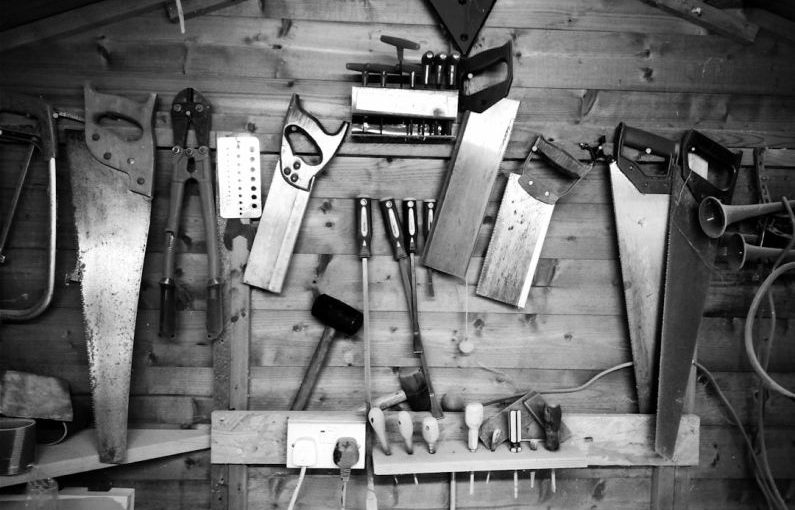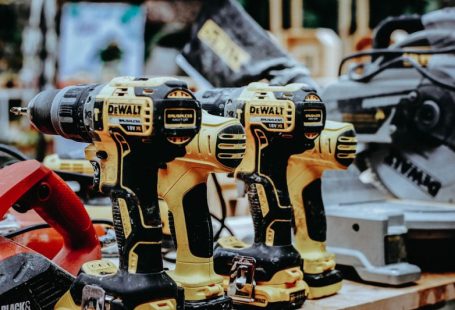Wood carving is a timeless craft that requires skill, precision, and the right tools. One essential tool for wood carving is the wood carving mallet. Selecting the right wood carving mallet for your projects can make a significant difference in the outcome of your carving. With various types and sizes of wood carving mallets available, it can be overwhelming to choose the best one for your needs. In this guide, we will explore the key factors to consider when selecting a wood carving mallet to ensure a successful and enjoyable wood carving experience.
Understanding the Different Types of Wood Carving Mallets
Wood carving mallets come in different types, each designed for specific carving techniques and wood densities. The two main types of wood carving mallets are the round mallet and the joiner’s mallet. Round mallets are typically used for delicate and detailed carving work, providing precise control over the chisel. Joiner’s mallets, on the other hand, are heavier and larger, making them suitable for more robust carving tasks that require greater force.
Consider the Wood Material
When selecting a wood carving mallet, it is crucial to consider the type of wood material you will be carving. The hardness and density of the wood will determine the weight and size of the mallet needed for the job. For softer woods, a lighter mallet may be sufficient, while harder woods may require a heavier mallet to effectively carve through the material. Matching the mallet weight to the wood density will ensure efficient carving and prevent fatigue or strain on your hands and arms.
Choosing the Right Size and Weight
The size and weight of a wood carving mallet play a significant role in the carving process. A mallet that is too heavy may cause fatigue and strain, while a mallet that is too light may not provide enough force for effective carving. It is essential to find a balance between weight and size that feels comfortable in your hand and allows you to control the force applied to the chisel accurately. Experimenting with different sizes and weights of mallets will help you determine the optimal choice for your carving projects.
Ergonomic Design for Comfort and Precision
An often overlooked factor when selecting a wood carving mallet is the design and ergonomics of the handle. A mallet with a comfortable grip and ergonomic handle will reduce hand fatigue and improve control over the carving process. Look for mallets with handles that are easy to grip and provide a secure hold during carving. Additionally, consider the shape of the handle and how it fits in your hand to ensure a comfortable and precise carving experience.
Testing and Experimenting with Different Mallets
As with any tool, the best way to find the right wood carving mallet for your projects is through testing and experimentation. Try out different types, sizes, and weights of mallets to determine which one feels the most comfortable and effective for your carving style. Pay attention to how each mallet performs on different wood materials and carving techniques to find the perfect match for your specific needs.
Conclusion: Finding Your Perfect Wood Carving Mallet
Selecting the right wood carving mallet is a crucial step in achieving success in your wood carving projects. By understanding the different types of mallets available, considering the wood material, choosing the appropriate size and weight, and prioritizing ergonomic design, you can find a mallet that enhances your carving experience and helps you create beautiful and intricate wood carvings. Remember to test and experiment with different mallets to find the perfect match for your carving style and preferences. With the right wood carving mallet in hand, you can embark on your carving journey with confidence and skill.





